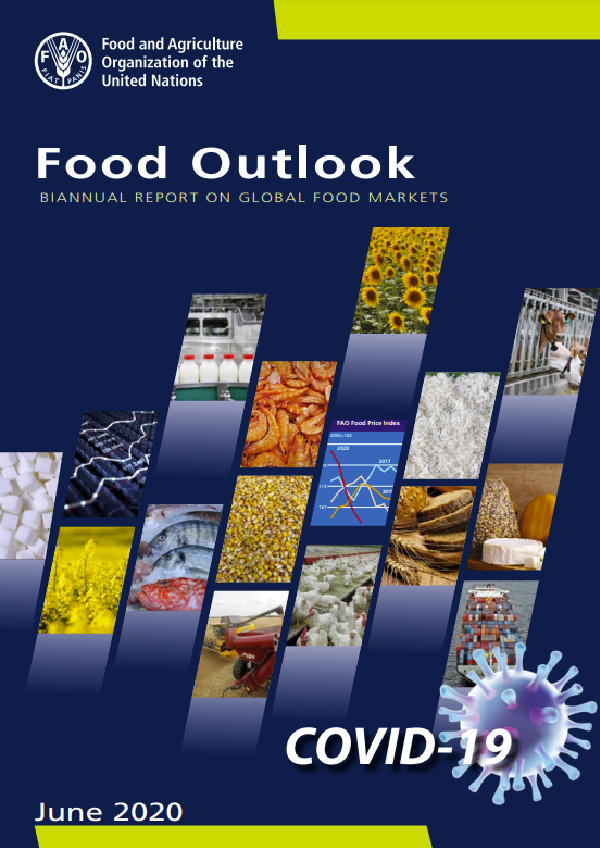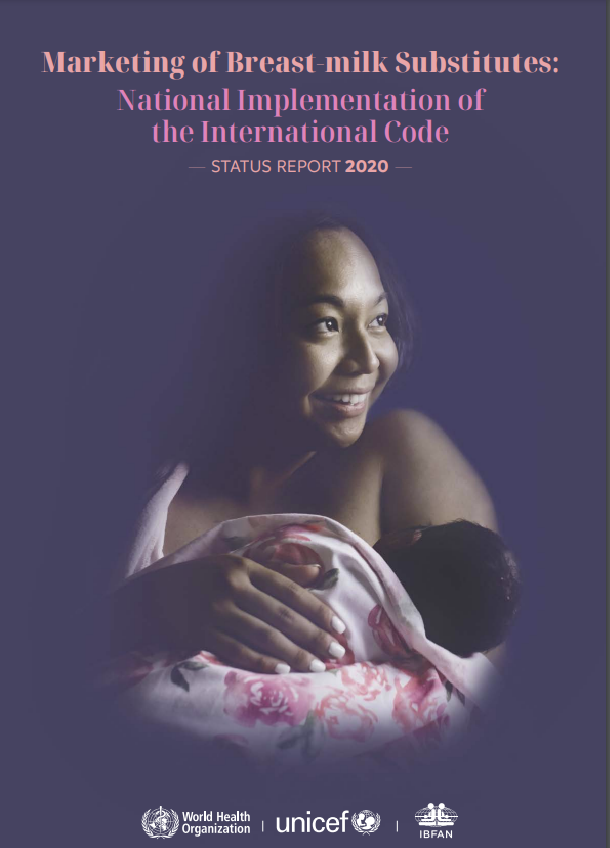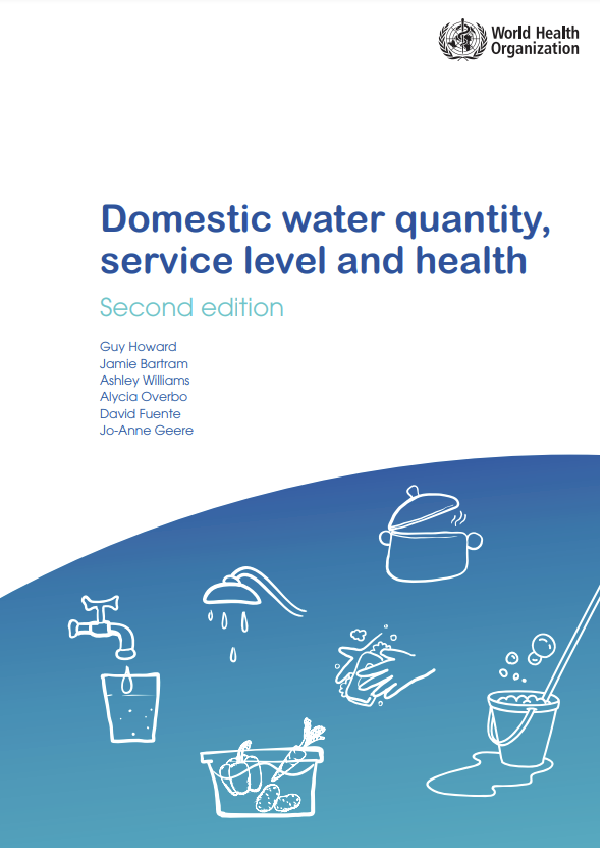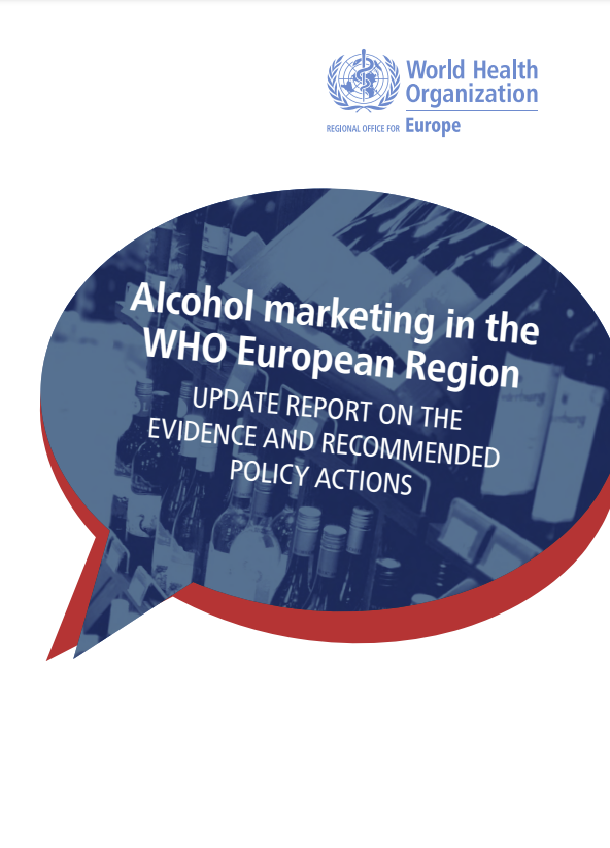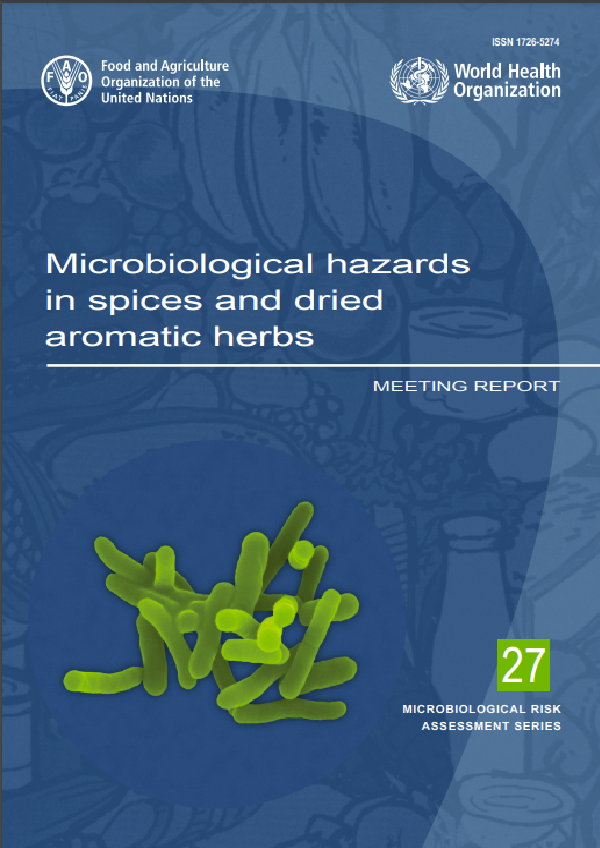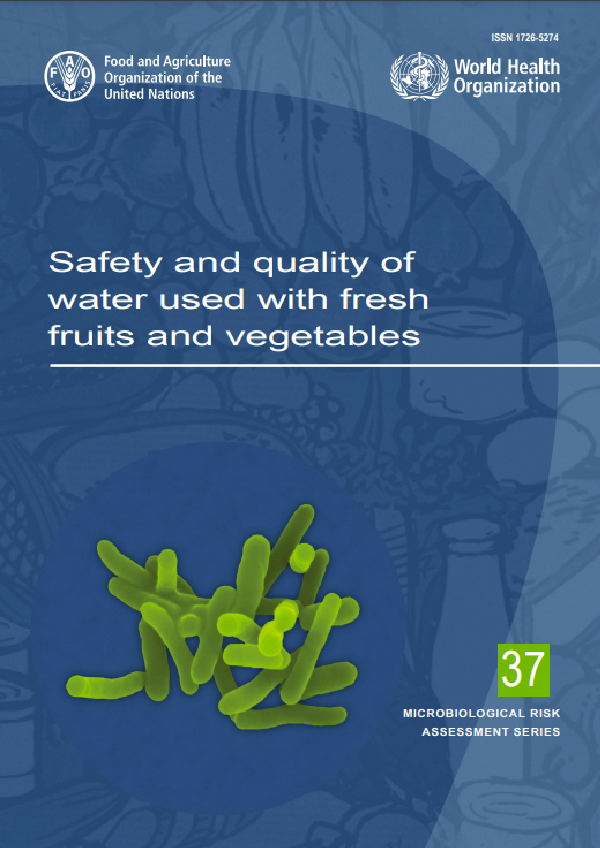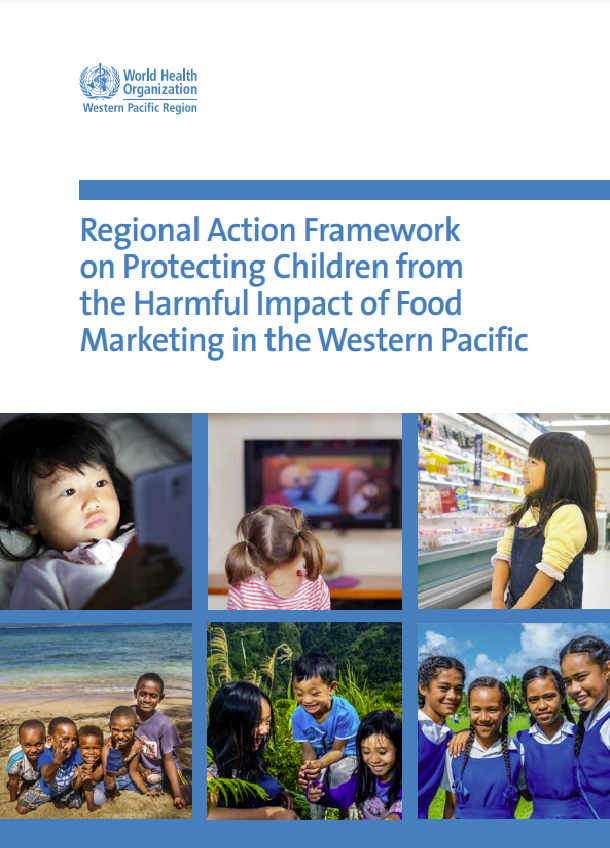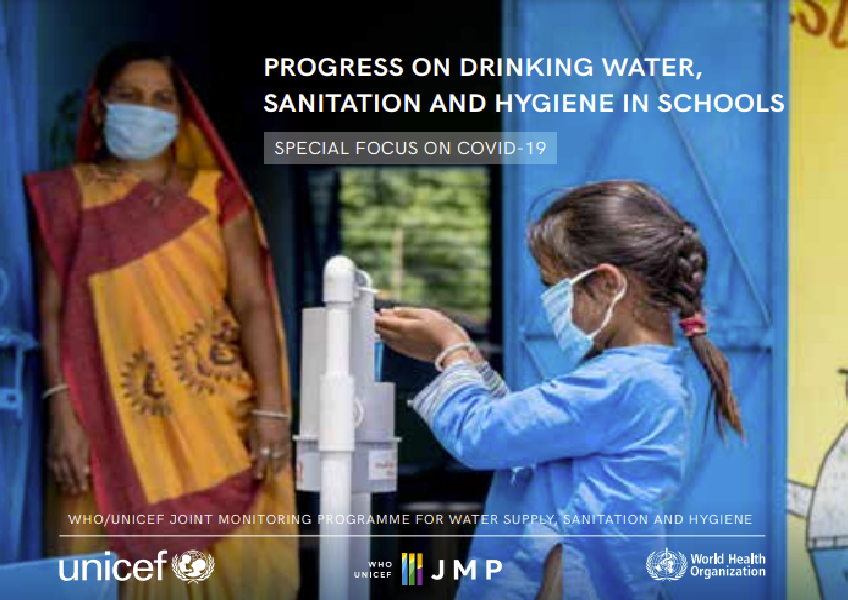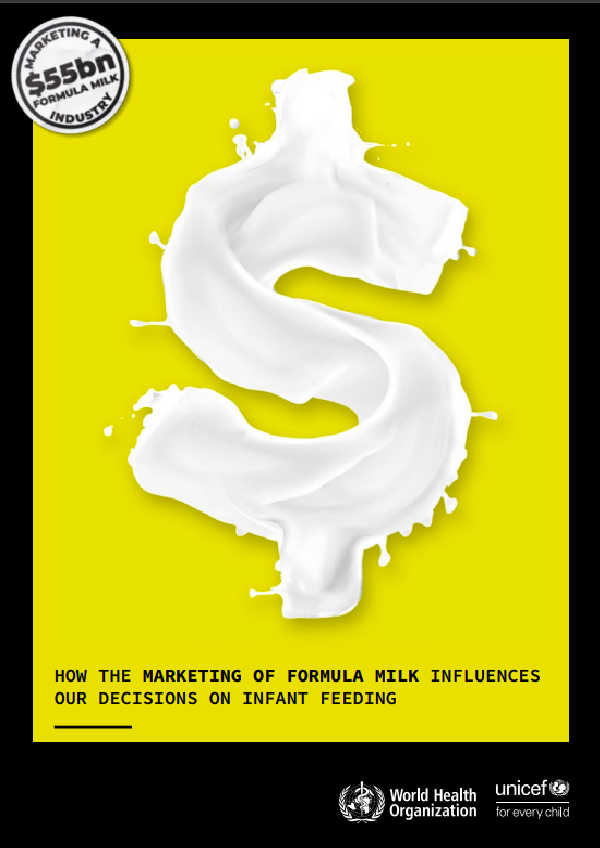Food markets will face many more months of uncertainty related to the COVID-19 pandemic. However, while most markets are braced for a major global economic downturn, the agri-food sector is likely to display more resilience to the crisis than other sectors.
Food Outlook is published by the Trade and Markets Division of FAO under Global Information and Early Warning System (GIEWS). It is a biannual publication focusing on developments affecting global food and feed markets. Each report provides comprehensive assessments and short-term forecasts for production, utilization, trade, stocks, and prices on a commodity by commodity basis and includes feature articles on topical issues.
Food Outlook maintains a close synergy with another major GIEWS publication, Crop Prospects, and Food Situation, especially with regard to the coverage of cereals. Food Outlook is available in English. The summary section is also available in Arabic, Chinese, French, Russian, and Spanish.
Food markets will face many more months of uncertainty related to the COVID-19 pandemic. However, while most markets are braced for a major global economic downturn, the agri-food sector is likely to display more resilience to the crisis than other sectors.
WHEAT
Global wheat production in 2020 is forecast to fall slightly below the 2019 level, while the dampening effect of the COVID-19 pandemic on demand could still push up global inventories. The prospect of a modest gain in 2020/21 world trade, amid tighter export availability, could support international wheat prices.
COARSE GRAINS
Following a significant demand slowdown in early 2020, total utilization of coarse grains is forecast to regain momentum in 2020/21 but remain below global production for a second consecutive season, leading to higher stock levels and keeping international prices under downward pressure.
RICE
World rice production is set to recover in 2020, boosting rice utilization and keeping carry-overs at their third highest level on record. While economic constraints and firm prices may curb trade growth in 2020, a more robust trade expansion is projected for 2021.
MEAT
World total meat production is forecast to contract in 2020, depressed by animal diseases, COVID-19-related market disruptions, and the lingering effects of droughts. International meat trade is likely to register a moderate growth, largely sustained by high imports from China.
SUGAR
World production of sugar in 2019/20 is forecast to drop for the second consecutive year and fall below the estimated level of global consumption. Trade is foreseen to expand moderately, sustained by low prices and stock rebuilding in some traditional importing countries.
OILCROPS
Despite subdued demand prospects, FAO’s latest 2019/20 forecasts for oilseeds and derived products point towards a tightening supply-demand situation, triggered by a marked contraction in production. Tentative forecasts for 2020/21 suggest that supplies could remain tight relative to demand.
DAIRY
Notwithstanding market disruptions caused by the COVID-19 pandemic, world milk production is showing resilience, possibly growing slightly in 2020. However, world dairy exports are heading towards a contraction, amid faltering import demand.
FISHERIES
The COVID-19 pandemic will continue to inflict heavy damage on seafood markets, particularly for fresh products and popular restaurant species. On the supply side, fishing fleets are laying idle and the deteriorating outlook has seen aquaculture producers drastically reduce stocking targets.
